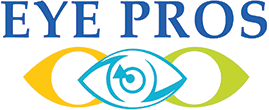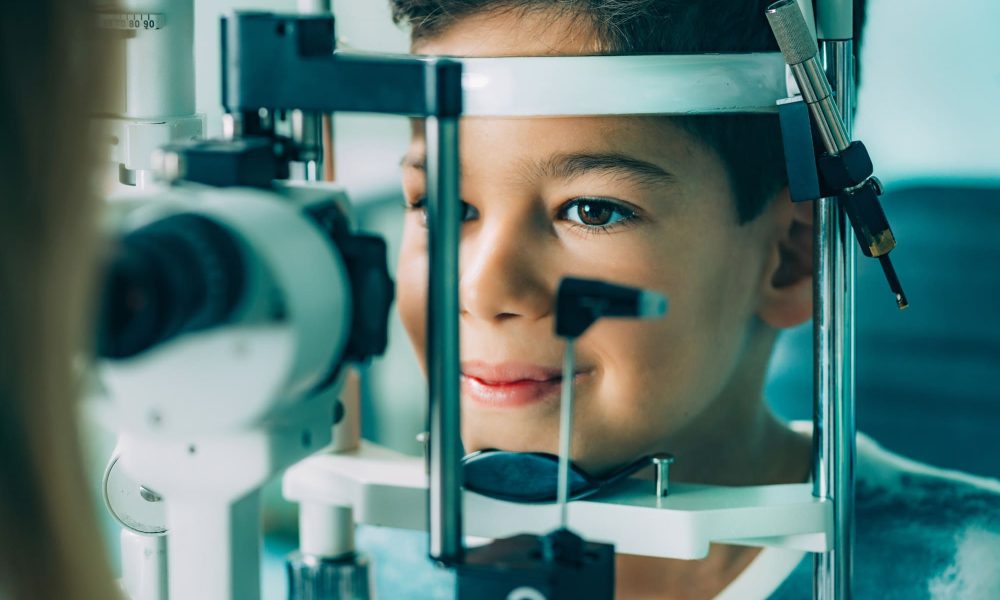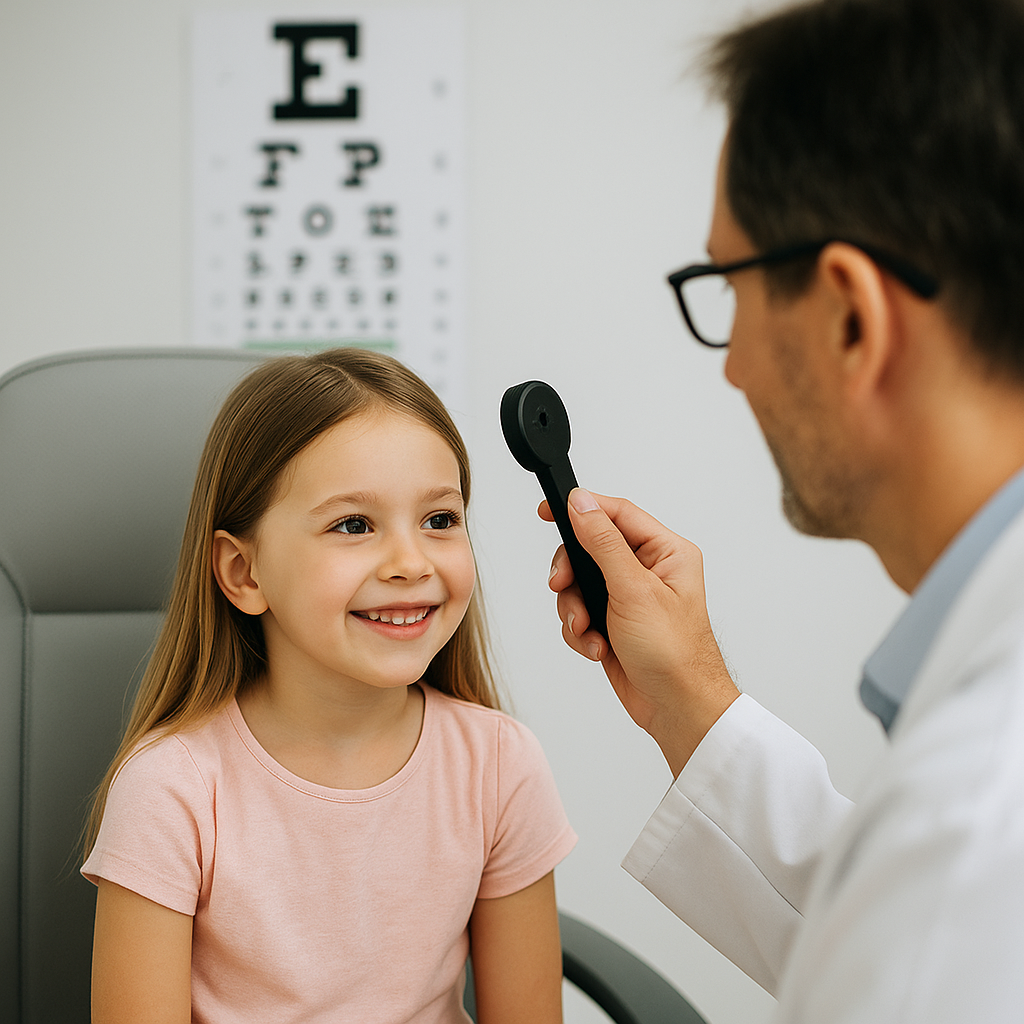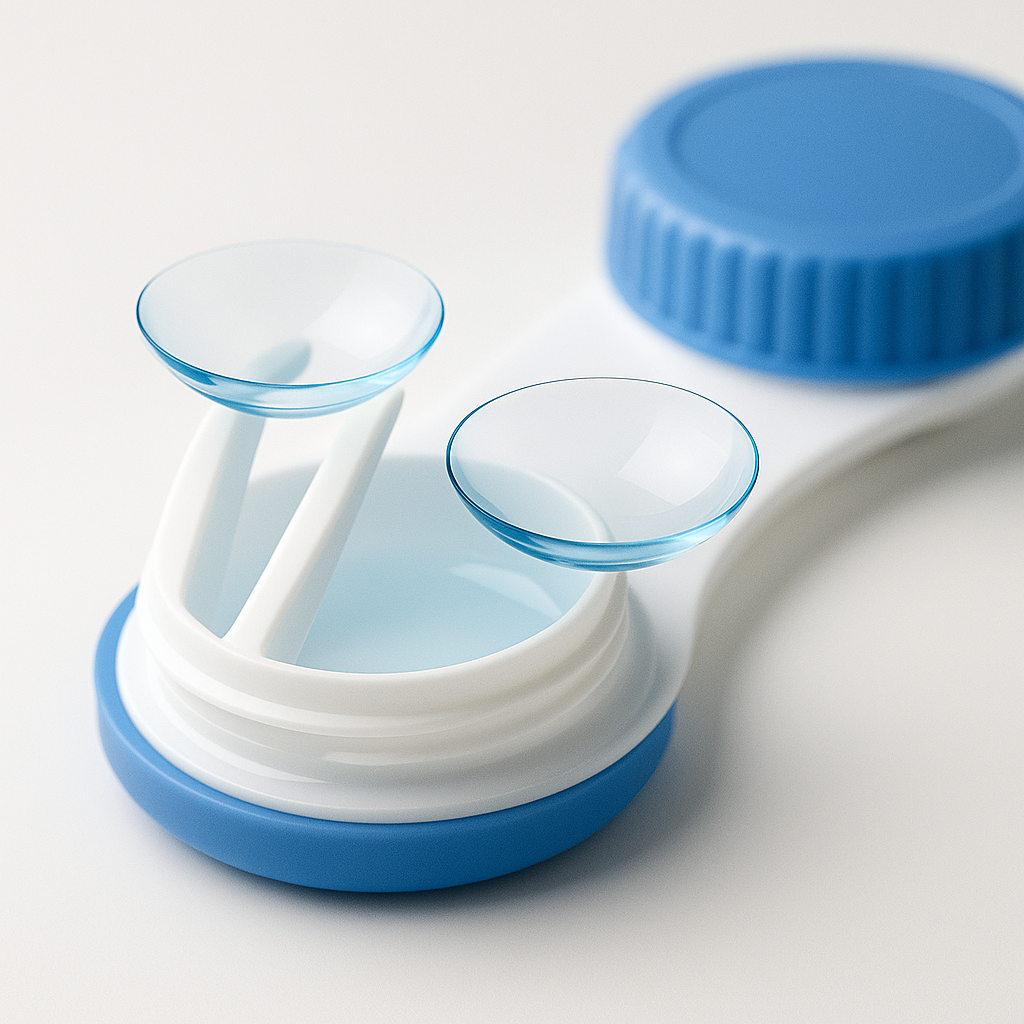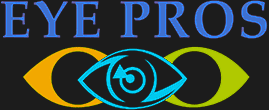Have you noticed that you just aren’t seeing things as well as you used to? Are you holding your phone a little further away from your face? If this sounds like you, then it’s time head to the optometrist for an eye exam.
If you’ve always had perfect vision, you probably don’t know what to expect when you show up for your first medical eye exam, and if it’s been a while since you had your last exam, you might be a little nervous. No need to worry! Read on to learn what to expect at your upcoming eye exam, especially if you’re considering a switch to contacts!
Come Prepared to Your Medical Eye Exam
Before your appointment, take some time to prepare:
- List Your Symptoms: Write down any issues you’re currently experiencing with your vision, such as blurriness, dry eyes, or headaches.
- Health History: Gather information about any chronic health conditions, like diabetes or high blood pressure, as these can impact your vision. Don’t forget to include any family history of eye issues.
- Current Prescription: If you already wear glasses or contacts, bring them along so your optometrist can assess your current prescription.
What Tests Are Done During an Eye Exam?
During your eye exam, the optometrist will perform several tests to evaluate your vision and eye health:
- Visual Acuity Test: This test measures how well you can see at various distances. You’ll read letters from a chart, covering one eye at a time. This helps determine if you need glasses or contacts.
- Peripheral Vision Test: This test checks your side vision. The doctor may ask you to focus on a point while they move an object in and out of your peripheral vision or use a machine that flashes lights in your peripheral field.
- Glaucoma Testing: To check for glaucoma, the doctor will measure the pressure in your eyes using a tonometer or a puff of air.
- Pupil Dilation: The doctor will dilate your pupils to examine the retina and optic nerve. This allows them to spot any issues like retinal detachment or macular degeneration.
- Retinoscopy: If you need glasses or contacts, the doctor will use this test to determine your prescription by asking you to look through different lenses.
What Diseases Can Be Detected in an Eye Exam?
An eye exam can reveal more than just vision problems. It can also help detect various diseases:
- Diabetes: Diabetic retinopathy is a common complication of diabetes that can be detected early through an eye exam.
- High Blood Pressure: Hypertension can cause damage to the blood vessels in the eyes, which can be identified during an exam.
- Glaucoma: Early signs of glaucoma, a condition that can lead to blindness if untreated, can be detected through regular eye exams.
- Cataracts: Clouding of the eye’s lens, leading to vision loss, can be diagnosed and monitored.
- Macular Degeneration: This age-related condition affects central vision and can be detected early with regular exams.
Signs You Should Get Your Eyes Checked
It’s important to be aware of the signs that indicate you need an eye exam:
- Blurry Vision: If your vision becomes blurred, especially in one eye, it’s time to get checked.
- Frequent Headaches: Headaches can be a sign of eye strain or other vision problems.
- Difficulty Seeing at Night: If you struggle to see clearly in low light, it could be a sign of cataracts or other issues.
- Eye Pain or Redness: Persistent discomfort or redness in the eyes should be evaluated by a professional.
How Long Is an Eye Exam with Dilation?
An eye exam with dilation typically takes about an hour. The dilation itself can take 20-30 minutes to take effect, and your eyes may remain sensitive to light for several hours afterward.
Eye Examination Procedure
Here’s a step-by-step overview of what to expect during your eye exam:
- Health and Vision History: The exam starts with a discussion about your vision and overall health.
- Visual Acuity Test: You’ll read from an eye chart to measure how well you see at different distances.
- Refraction Assessment: The doctor will determine your prescription for glasses or contact lenses using a device called a phoropter.
- Eye Muscle Test: This checks how well your eye muscles work together to focus on objects.
- Pupil Dilation: The doctor will use eye drops to dilate your pupils and examine the back of your eye.
- Eye Pressure Test: Also known as tonometry, this test measures the pressure inside your eyes to check for glaucoma.
- Final Consultation: The doctor will discuss your results and any necessary treatments or prescriptions.
How Long Does an Eye Exam Take?
A comprehensive eye exam usually takes between 30 minutes to an hour. If dilation is included, expect the exam to last closer to an hour. If your eyes need a more thorough examination, the process may take longer.
What Is Normal Vision of the Eye?
Normal vision is often referred to as 20/20 vision, meaning you can see clearly at 20 feet what should normally be seen at that distance. However, 20/20 vision doesn’t necessarily mean perfect vision, as it doesn’t account for other aspects like peripheral vision, color vision, or depth perception.
Ready for Your Eye Exam?
As you can tell, there are a number of tests that may be done when during your medical eye exam. It all depends on your individual concerns and risks. Be sure to make the most of your annual eye exam by coming prepared with a list of questions and concerns and you’ll leave feeling great!
Do you live in Idaho or Utah and want to stay on top of your eye health? You’ve come to the right place! Schedule your exam today to get started!
